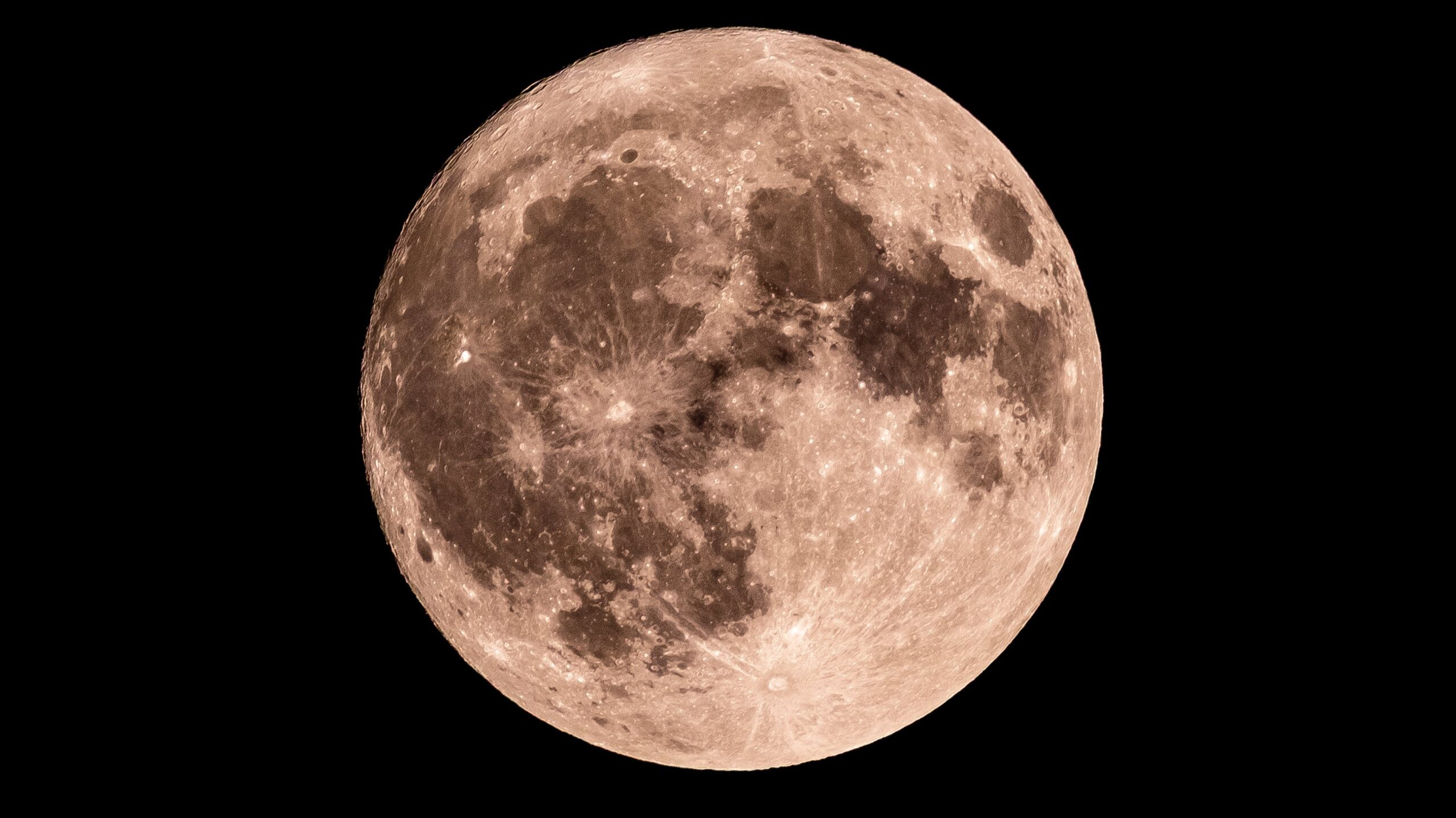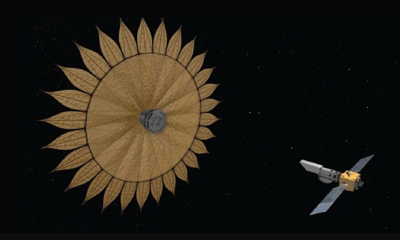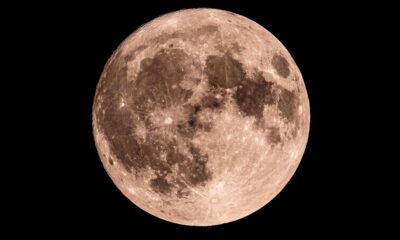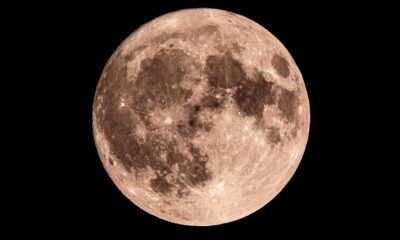Science
Discover Tonight’s Waning Crescent Moon: What to Expect

On July 22, 2025, stargazers will witness a waning crescent moon, appearing nearly invisible with only 7% visibility from Earth. According to NASA, this phase occurs on day 27 of the lunar cycle, which spans approximately 29.5 days. As the moon orbits our planet, it reflects sunlight in varying degrees, leading to the distinct phases we observe.
During this particular evening, the moon’s subtle illumination makes it challenging for the naked eye to detect any features. Observers wishing to explore the moon’s surface will need binoculars or a telescope. With the right equipment, one can glimpse the Grimaldi Basin, a significant impact crater that rivals the length of the Grand Canyon.
Understanding Moon Phases
The phases of the moon are determined by the changing angles between the Sun, Moon, and Earth. As the moon travels around our planet, the amount of sunlight it reflects alters, resulting in various visual appearances. According to NASA, there are eight primary phases in the lunar cycle:
1. **New Moon** – The moon’s surface facing Earth is dark.
2. **Waxing Crescent** – A small sliver of light appears on the right side.
3. **First Quarter** – Half of the moon is illuminated on the right side.
4. **Waxing Gibbous** – More than half is lit, but it is not yet full.
5. **Full Moon** – The entire face of the moon is visible.
6. **Waning Gibbous** – The moon begins to lose light on the right side.
7. **Last Quarter (or Third Quarter)** – The left side is illuminated.
8. **Waning Crescent** – A thin sliver of light remains before it goes dark again.
These phases create a captivating cycle that engages both amateur and seasoned astronomers alike.
What’s Next for Moon Gazers?
Following the waning crescent on July 22, the next full moon will occur on August 9. The previous full moon was on July 10, marking a continuous rhythm that has fascinated humanity for centuries. Each phase not only serves as a reminder of the moon’s beauty but also plays a critical role in various cultural and scientific contexts.
As enthusiasts prepare for tonight’s observations, they are reminded that the moon’s cycle offers a unique opportunity to connect with our celestial neighbor. Although the waning crescent may not reveal much tonight, the anticipation of the upcoming phases adds to the excitement of lunar observation.
-

 Technology5 months ago
Technology5 months agoDiscover the Top 10 Calorie Counting Apps of 2025
-

 Technology3 weeks ago
Technology3 weeks agoOpenAI to Implement Age Verification for ChatGPT by December 2025
-

 Health3 months ago
Health3 months agoBella Hadid Shares Health Update After Treatment for Lyme Disease
-

 Health3 months ago
Health3 months agoAnalysts Project Stronger Growth for Apple’s iPhone 17 Lineup
-

 Health4 months ago
Health4 months agoErin Bates Shares Recovery Update Following Sepsis Complications
-

 Technology5 months ago
Technology5 months agoDiscover How to Reverse Image Search Using ChatGPT Effortlessly
-

 Technology3 months ago
Technology3 months agoElectric Moto Influencer Surronster Arrested in Tijuana
-

 Technology5 months ago
Technology5 months agoMeta Initiates $60B AI Data Center Expansion, Starting in Ohio
-

 Technology2 months ago
Technology2 months agoDiscover 2025’s Top GPUs for Exceptional 4K Gaming Performance
-

 Technology5 months ago
Technology5 months agoRecovering a Suspended TikTok Account: A Step-by-Step Guide
-

 Health5 months ago
Health5 months agoTested: Rab Firewall Mountain Jacket Survives Harsh Conditions
-

 Lifestyle5 months ago
Lifestyle5 months agoBelton Family Reunites After Daughter Survives Hill Country Floods





















